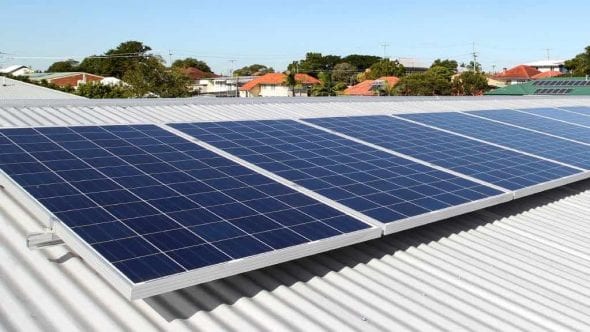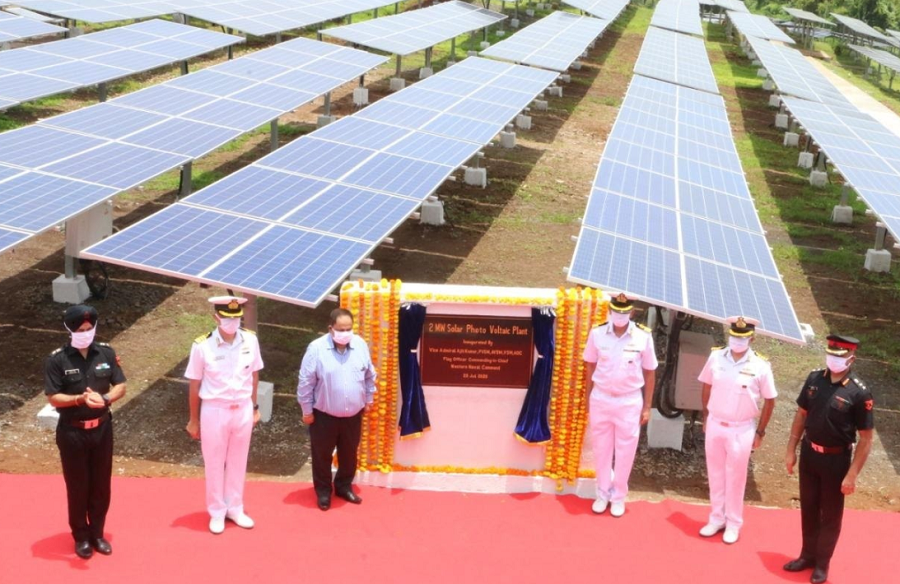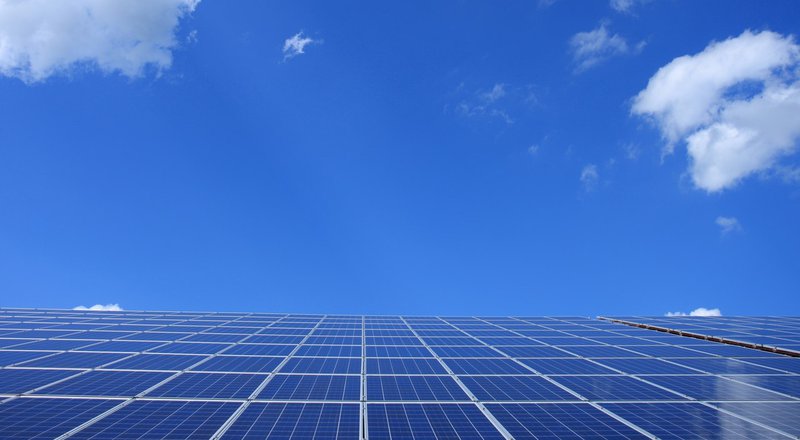There are lots of different reasons why they degrade and why they fail kurtz said module manufacturers are looking into every piece of the solar panel puzzle all the way down to the encapsulants and adhesion materials to try to slow degradation rates.
Habitat loss and market failure of solar panel.
Solar photovoltaic projects consist of hundreds or thousands of solar panels that convert sunlight directly into electricity.
The most of the energy in the solar power system is either gets lost as the conversion loss within the components or as a transfer loss through wires.
According to the report of union of concerned scientists 16 the total land area requirements for solar farms vary depending on the technology the topography of the site and the intensity of the solar resource.
Solar panel degradation and failure is not a clear cut situation kurtz said.
Large solar fields such as those that have been built in the last several years in southern california and the desert southwest can fool birds into changing flight direction sometimes during migration to approach them because they appear to be lakes from a distance.
In 2018 the average installation cost for homeowners was between 2 87 and 3 85 per watt.
The loss degradation and fragmentation of habitat that result from building a solar energy facility are concerns when considering the needs of wildlife in the area.
This statistic represents the failure rates of solar photovoltaic panels according to customer complaints globally as of 2014.
The sun provides a tremendous resource for generating clean and sustainable electricity without toxic pollution or global warming emissions.
Depending on their location larger utility scale solar farms can raise concerns about land degradation and habitat loss.
The scarcity of water shapes the desert ecosystem and changes in the abundance and distribution of water are immediately felt by all organisms that depend on it.
The sun is a tremendous source of renewable energy.
Take a simple example when you speak its intensity is maximum near your mouth and it fades away as the distance.
Although the solar power received by the panel is much more than the energy we get as an output to run the electrical appliances.
Solar energy systems power plants do not produce air pollution water pollution or greenhouse gases.
The potential environmental impacts associated with solar power land use and habitat loss water use and the use of hazardous materials in manufacturing can vary greatly depending on the technology which includes two broad categories.
Assuming 5 kilowatts kw per household solar panels cost from 10 045 to 13 475 after tax credits are applied.
At that time 20 percent of customers reported an optical failure of.
Using solar energy can have a positive indirect effect on the environment when solar energy replaces or reduces the use of other energy sources that have larger effects on the environment.
To build a utility scale solar power facility a large area of land is required.
Nevertheless the adverse effects of solar power are associated with land use water use habitat loss and the harmful materials used in manufacturing of solar panels.




































